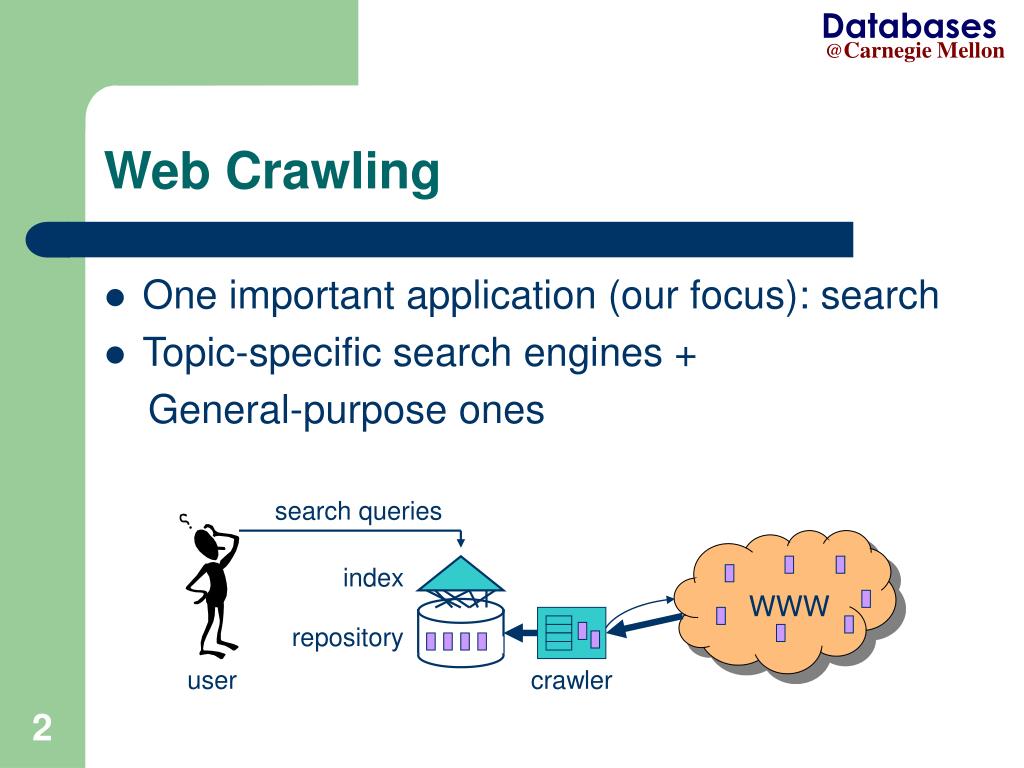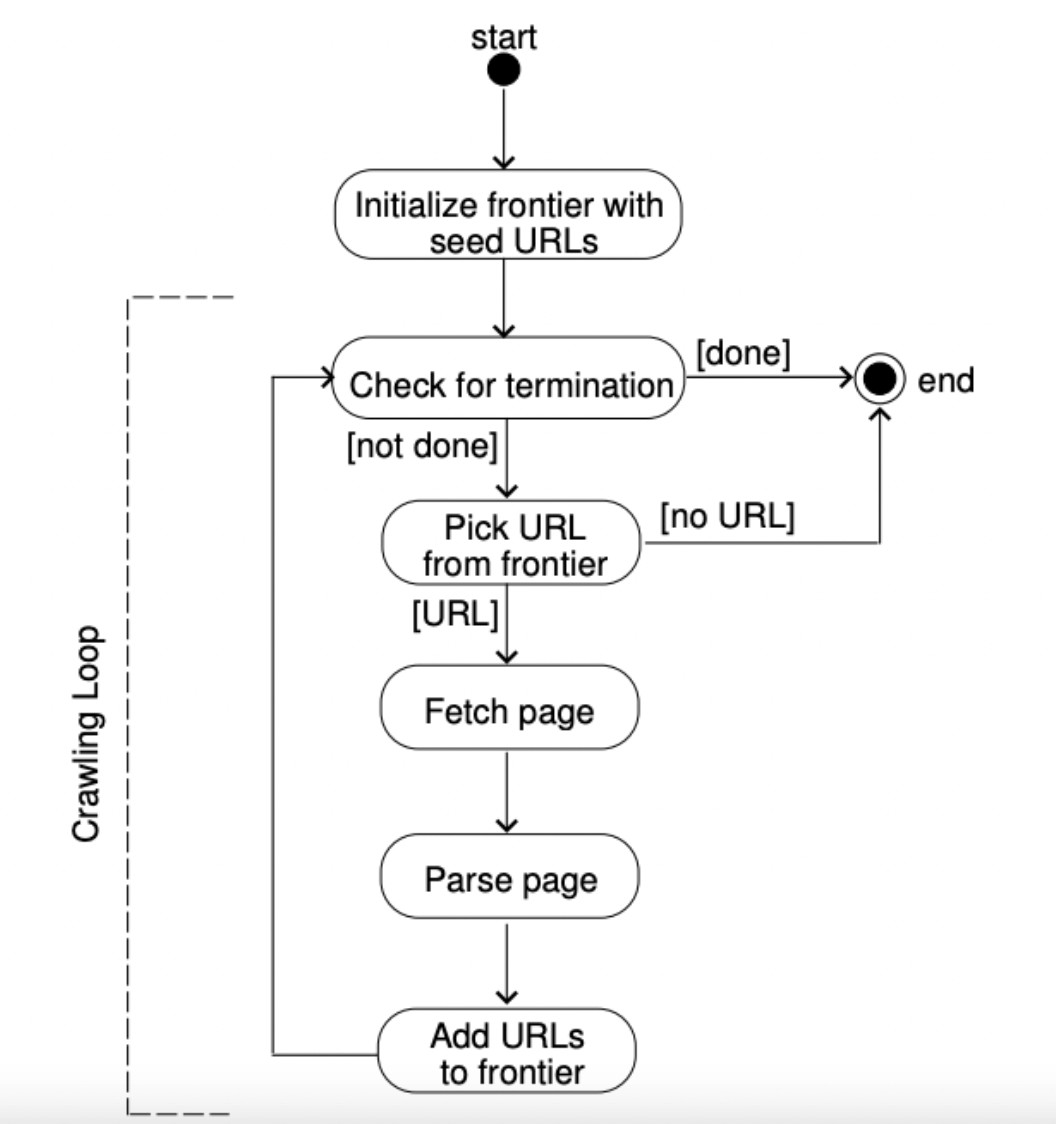Promoting “crawling” in which
search engine
robots visit websites is one of the measures that must be taken in
SEO
.
However, many people may not know what crawling is or how to promote crawling.
In this article, we will provide an overview of crawling, as well as explain how to check the crawling status and how to encourage crawling.
Please refer to it as it is essential for SEO.
What is crawling?
Crawling is when
search engine
robots visit websites, read
HTML
files, etc., and register the web pages in a database for display as search results.
A robot that crawls is called a “crawler,” and crawlers collect as much information as possible from websites.
The information collected includes not only HTML files and PHP files, but also information on
links
contained within them.
Based on this information, we register the site in the database while understanding its structure.
Naturally, websites that are not crawled will not show up in search results, so you need to send requests to help crawlers find your website, and make your website easy to crawl.
Furthermore, preparing a website to make it easier to crawl is called “improving crawlability.”
・About content design that takes into account crawlability and increases SEO effectiveness

Type of crawler
Even though it is simply called a crawler, the type of crawler differs depending on the search engine.
The crawlers for each search engine are as follows.
- Google: Googlebot
- Bing: bingbot
- Baidu: Baiduspider
- NAVER:Yetibot
When doing SEO in Japan, there is no problem as long as you create your site with only Googlebot in mind.
This is because in Japan, not only is Google the No. 1 search engine market share, but Yahoo!, which has the second market share, uses Google’s crawlers and algorithms to display search results.
In other words, being evaluated by Googlebot is directly linked to improving your search ranking in Japan.

Crawlers also read other than HTML files
As mentioned earlier, crawlers read various information on websites.
Typical examples of files and information read by crawlers other than HTML files are as follows.
- PHP file
- Links generated within Flash or by JavaScript
- PDF file
- Files created by Word, PowerPoint, etc.
The important thing to keep in mind here is that crawlers recognize characters and use that information to determine search rankings.
In other words, it does not recognize images, sounds, etc. contained within websites.
Therefore, take measures such as adding alternative text such as the Alt attribute to images.

How to check crawling
Here’s how to check crawling:
- Open Google Search Console
- actually check the data
I will explain each in turn.

Open Google Search Console
Google Search Console is a free tool provided by Google.
Google Search Console allows you to see how much your website is being crawled and to request a crawl.
Here’s how to check the crawl status of your website using Google Search Console.
- Log in to Google Search Console and select “Settings” from the left sidebar
- Select “Open Report” from “Crawl Statistics”
By following the steps above, a graph of your crawl statistics will appear, allowing you to visually see how well your site is crawling.

actually check the data
There is a way to check crawling without using Google Search Console.
If you enter the URL of the website you want to check whether it is being crawled into the Google search window and the corresponding website appears as a search result, it is a sign that it has been crawled.
You can also see when Google updated your information by viewing
the cache
.
If you think you have updated your website but the cache is showing a date before the update, send a crawl request from Search Console.

To make the crawler crawl
In order to have the crawler crawl, it is important to follow the steps below.
- Submit sitemap
- Submit a URL with URL inspection
- Increase the number of articles on your website
- Connect internal links to each other
I will explain each in turn.

Submit sitemap
In order to send a crawl request, you need to submit your sitemap to Google.
A sitemap is a list of the overall structure of a website, and by sending an XML sitemap to Google, Google will recognize the overall structure of the site.
By submitting your sitemap to Google, it will be easier for Google to recognize new or updated pages, which will shorten the time it takes for them to be
indexed
.
Here’s how to submit your sitemap:
- Log in to Google Search Console
- Select “Sitemap > Add new sitemap” from “Index” in the sidebar
- Write the URL of the sitemap file (sitemap.xml) that has been created in advance and uploaded to the production environment, and send it.
It would be very convenient to set up a system that automatically updates the sitemap and sends it to Google every time you update your website.
If you are running a website using WordPress, you may want to check this out as it can be configured using plugins.

Submit a URL with URL inspection
Using Google Search Console’s URL inspection feature, you can check whether a URL is indexed and request a crawl.
Here’s how to submit a URL and request a crawl with URL Inspection:
- Select “URL Inspection” on the left sidebar of Google Search Console
- Enter the URL you want to send
- If the article is indexed, the message “URL is registered with Google” will appear. You can request a crawl by selecting “Request indexing” at the bottom right.
Also, if it is not indexed, the message “URL has not been posted to Google” will appear, but you can prompt it to be indexed by selecting “Request indexing.”
Increase the number of articles on your website
One of the reasons why a website is not indexed is because there is not enough content on the website.
If there is little content, it will be difficult for crawlers to navigate the website, so by increasing the number of articles on the website, it may be possible to encourage crawling.
Connect internal links to each other
Connecting internal links to each other is also effective in promoting crawling. This is because, as mentioned earlier, the crawler also collects information on link destinations written in HTML files.
By connecting internal links to each other, there is a possibility that the page will also be crawled at the same time as the already connected page is crawled, which will result in the promotion of crawling.

Crawling is the first step in SEO
Crawling is the first step in SEO. Here are some things you should know about crawling:
- If it’s not crawled, it won’t be indexed.
- The higher the crawl frequency, the faster the indexing speed.
I will explain each in turn.
If it’s not crawled, it won’t be indexed.
As mentioned earlier, crawling is when a crawler reads information from a website and registers it in a database that is displayed as Google’s search results.
Therefore, if it is not crawled, it will not be indexed and will not appear in search results.
Encourage crawling by making index requests when you create or update new pages on your website.
The higher the crawl frequency, the faster the indexing speed.
The more frequently a page is crawled, the faster the index will be after pages are updated or added.
This is because the higher the frequency, the faster Google can register updated web page information in its database.
Therefore, if you want to speed up the indexing speed, we recommend implementing SEO efforts that will increase the crawl frequency.

Relationship between robots.txt and crawling
robots.txt is a file that is placed in the root directory of a website to prevent crawling.
By writing a description in robots.txt that does not index pages that do not need to be indexed, it is possible to efficiently crawl important pages.
As a result, the SEO rating of the page you want to encourage crawling will increase, leading to improved search rankings and faster indexing.

summary
In this article, we have provided a comprehensive overview of crawling.
Improving crawlability is important for SEO, and greatly contributes to improving index speed and search ranking.
Therefore, you should always check whether your website is being crawled and check the crawl frequency.
If you haven’t been able to check the crawl in SEO, why not check this article as a reference?

